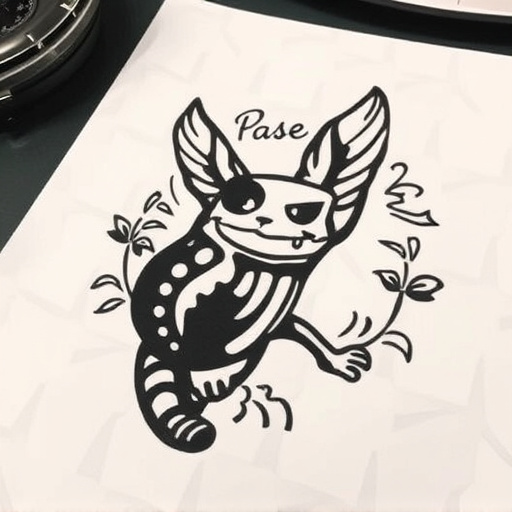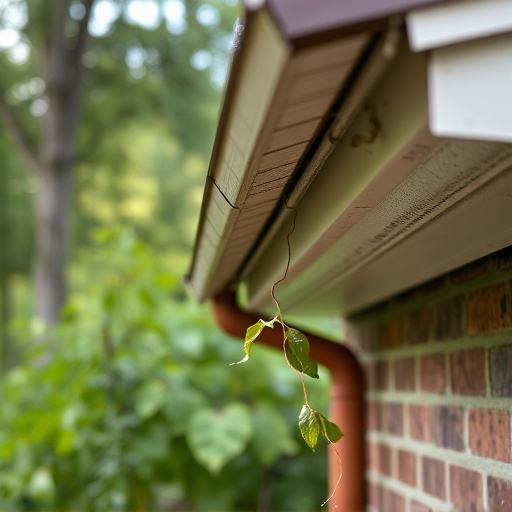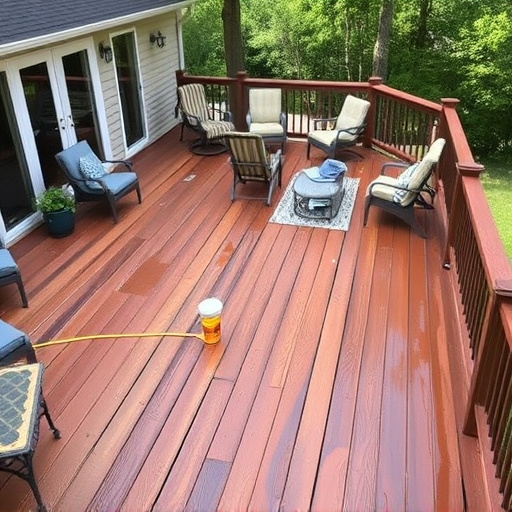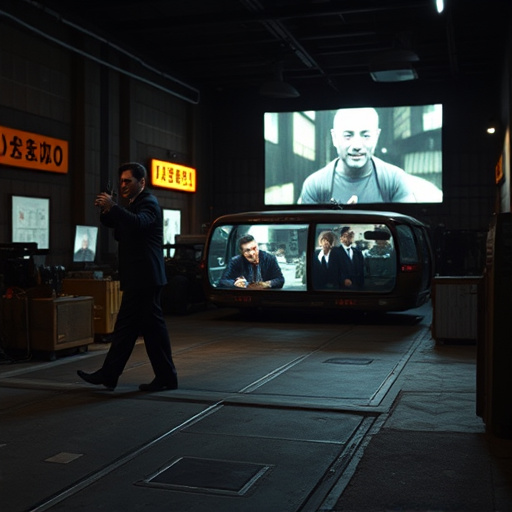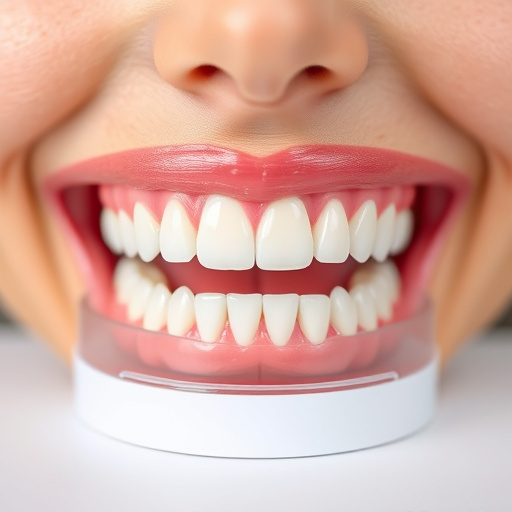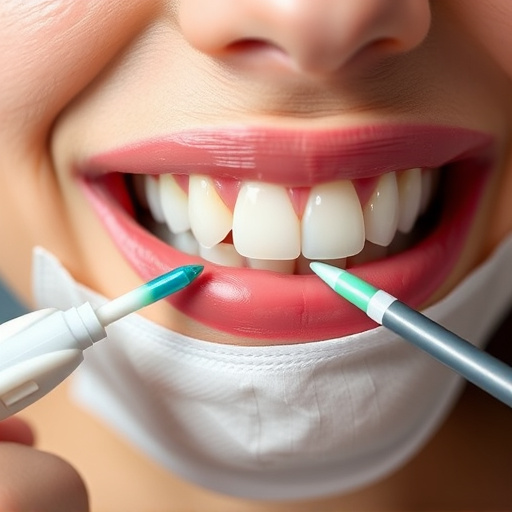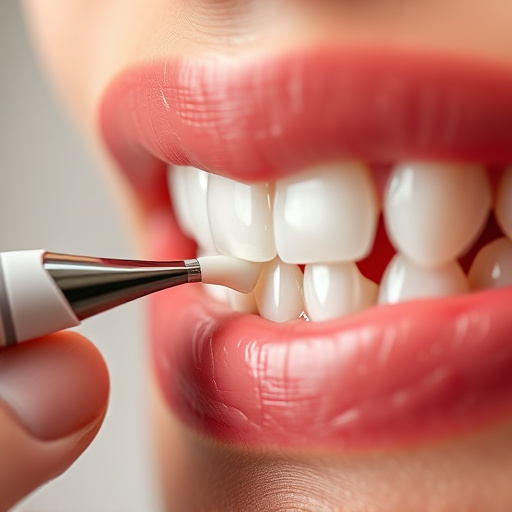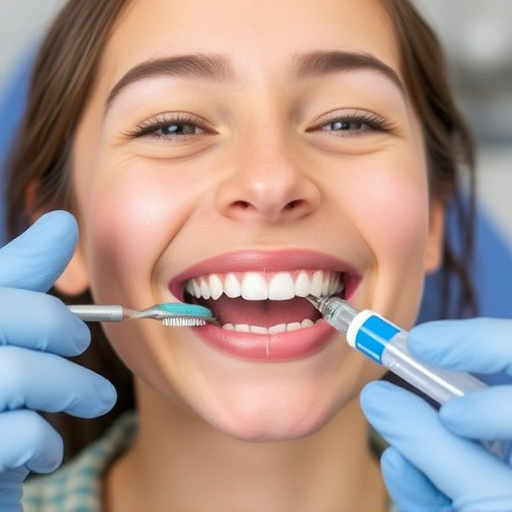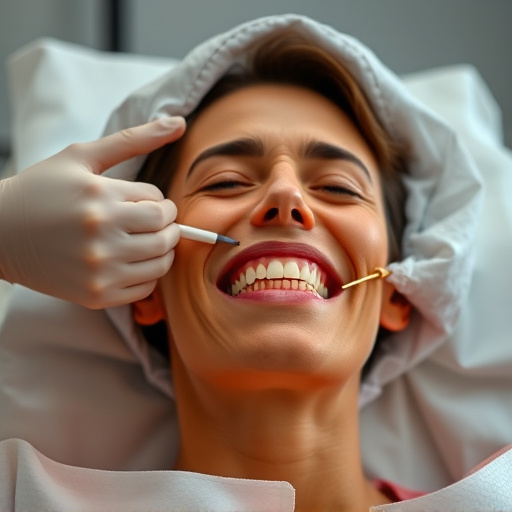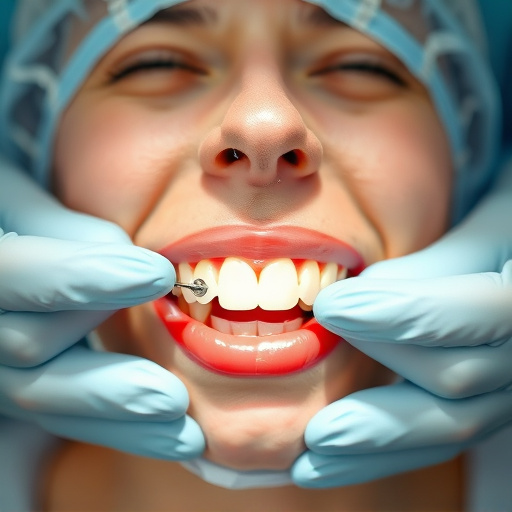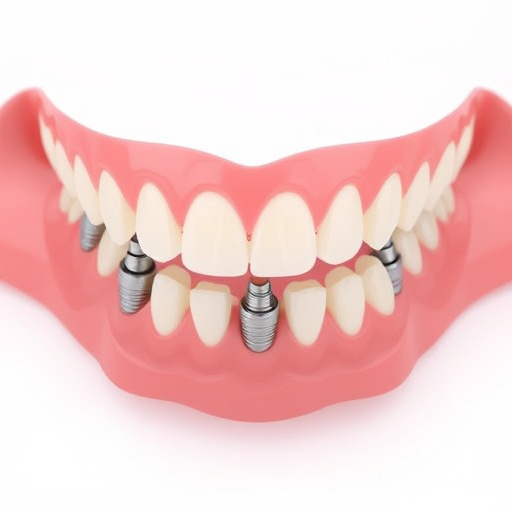Minimally invasive dentistry (MID) focuses on preserving tooth structure using advanced tech like micro-drilling and precise cosmetic filling placement. This approach offers shorter appointments, reduced discomfort, faster recovery, and better oral health & aesthetics. MID combines efficiency, comfort, and preservation of healthy teeth for long-lasting results with minimal intrusion, reshaping the dental care experience.
In today’s fast-paced world, time is a precious commodity. This is especially true for dental care, where lengthy chair time and frequent visits can feel like a burden. Enter minimally invasive dentistry, a revolutionary approach that prioritizes efficiency and patient comfort. This article explores the benefits of minimizing invasiveness in dental procedures, focusing on how it reduces chair time and visit frequency while leveraging modern techniques to transform the dental care experience.
- Understanding Minimally Invasive Dental Procedures
- Benefits: Reduced Chair Time and Visits
- Modern Techniques Shaping Dental Care Experience
Understanding Minimally Invasive Dental Procedures
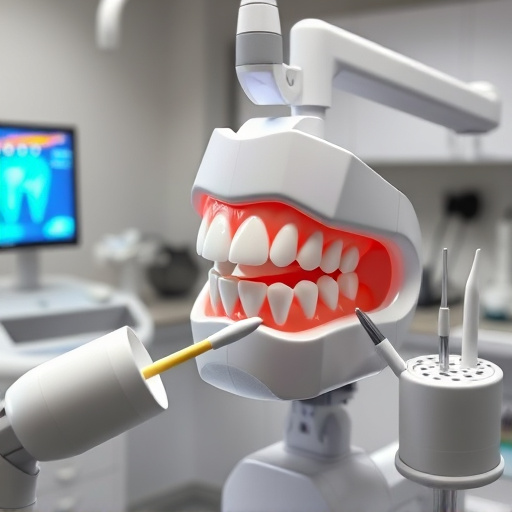
Minimally invasive dentistry focuses on preserving as much of a patient’s natural tooth structure as possible while still addressing dental issues effectively. These procedures aim to reduce the extent of drilling, cutting, or removal typically associated with traditional dentistry. By employing advanced technologies and techniques, dentists can now perform treatments like micro-drilling for tooth extractions, precise placement of cosmetic fillings, and minimally invasive tooth repair.
This approach offers several benefits, including shorter chair times and fewer visits to the dental office. It also reduces discomfort and recovery periods for patients while preserving the overall health and aesthetics of their smiles. The goal is always to strike a balance between the need for treatment and the preservation of natural teeth, ensuring long-lasting results with minimal intrusion.
Benefits: Reduced Chair Time and Visits
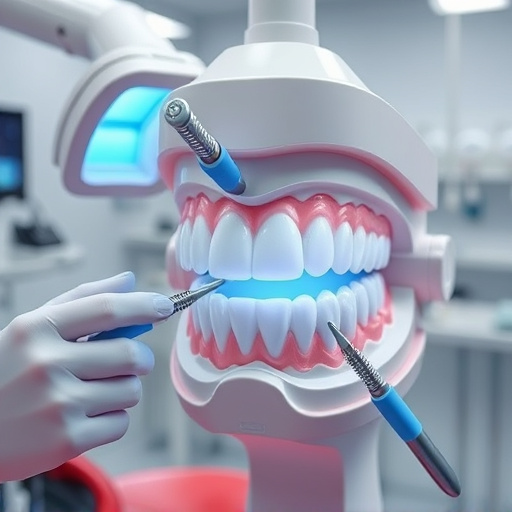
One of the most significant advantages of minimally invasive dentistry is its impact on patient convenience. By adopting techniques that focus on preserving healthy tooth structure, dentists can achieve successful treatments with reduced chair time. This means patients spend less time in the dental chair, making appointments quicker and more efficient. Less time spent in the dental office also translates to fewer visits overall, which can be a significant benefit for busy individuals or those who experience dental anxiety.
Additionally, minimally invasive procedures often involve smaller incisions and less manipulation of the teeth, gums, and surrounding tissues. This leads to faster healing times and reduced discomfort compared to traditional restorative treatments like drilling and filling. For cosmetic fillings or tooth repair, this approach can mean a more discreet and aesthetically pleasing result, as less tooth material needs to be removed to accommodate the filling.
Modern Techniques Shaping Dental Care Experience
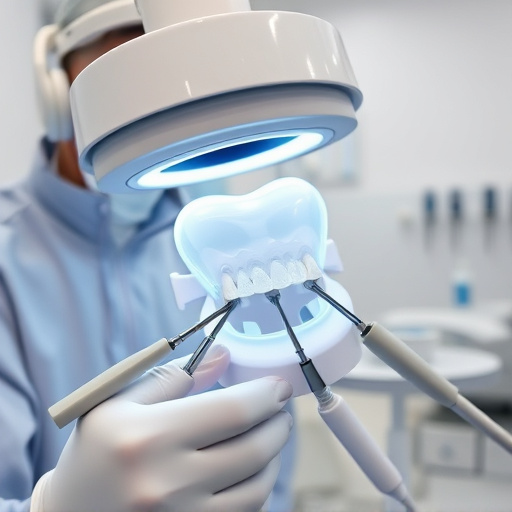
Modern dental techniques are transforming the way we think about and experience dental care. Minimally invasive dentistry is at the forefront of this revolution, offering patients faster recovery times, less discomfort, and reduced chair time per visit. This approach emphasizes using advanced tools and strategies to preserve healthy tooth structures whenever possible, as opposed to traditional methods that often involve extensive drilling and removal of natural teeth material.
Cosmetic dentistry, a subset of minimally invasive dentistry, leverages techniques such as dental crowns to restore damaged or discolored teeth, enhancing both their function and appearance. Routine oral exams play a crucial role in this modern landscape too, enabling dentists to catch issues early when they’re most treatable. By combining these advancements, dental professionals are now able to provide more efficient, effective, and patient-friendly care.
Minimally invasive dentistry is transforming the dental care experience, offering patients significant advantages such as reduced chair time and visit frequency. By leveraging modern techniques, dentists can now address a range of issues with less discomfort and recovery time. This approach not only makes dental care more efficient but also enhances patient satisfaction, marking a substantial step forward in the field.

